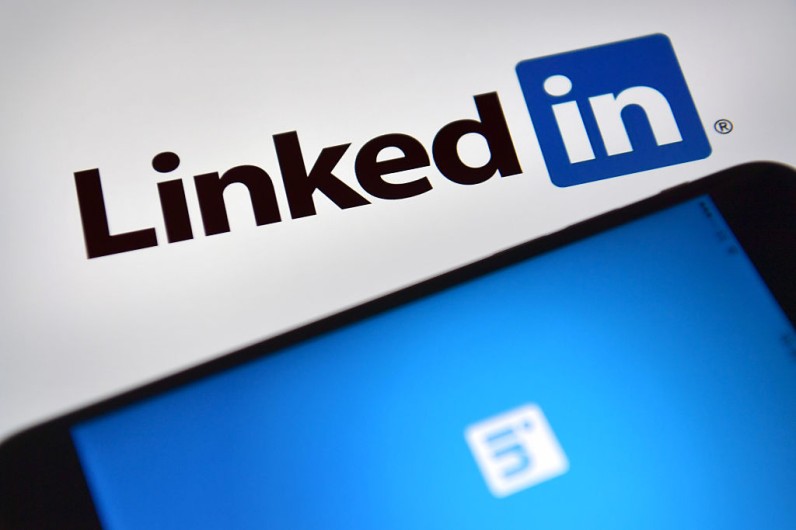LinkedIn has opted not to proceed with its plan to relocate its data center technology from its physical facilities and into Microsoft's Azure cloud.
'Blueshift' Plan of LinkedIn
According to CNBC, LinkedIn announced its plan, codenamed "Blueshift," in 2019, three years after being acquired by Microsoft for $27 billion.
Mohak Shroff, LinkedIn's vice president of engineering, initially expressed enthusiasm about the move to Azure, highlighting the benefits of gaining access to many "hardware and software innovations, and unprecedented global scale."
However, sources familiar with the situation told CNBC that LinkedIn employees began learning about the decision to halt the Azure migration last year.

Executives reportedly emphasized that the project was only being put on hold rather than getting ultimately canceled.
In a communication to research and development staff in June 2022, Raghu Hiremagalur, LinkedIn's Chief Technology Officer, affirmed the company's ongoing use of some Azure services. However, the focus would lean towards expanding and innovating the on-premises infrastructure.
Agreement Not to Get Website of Linkedin Running on Azure
CNBC reported that a separate internal document outlined a mutual decision by LinkedIn and Microsoft to delay initiatives to get LinkedIn's website running on Azure.
Hiremagalur explained the decision in his memo. He cited the significant demand Azure is experiencing and the platform's growth and said that the pause to planned migration was to allocate resources to external Azure customers. Despite the shift in plans, a LinkedIn spokesperson confirmed to CNBC that the company continues to use Azure.
The spokesperson noted that LinkedIn is leveraging Azure and investing further in their data centers to complement its infrastructure needs. That includes running 100 employee-facing applications on Azure, using Azure FrontDoor, and ongoing work to consolidate their data center locations.
One of the sources noted that the problems with the planned migration stemmed from LinkedIn attempting to use its own software tools instead of those readily available on Azure.







Join the Conversation